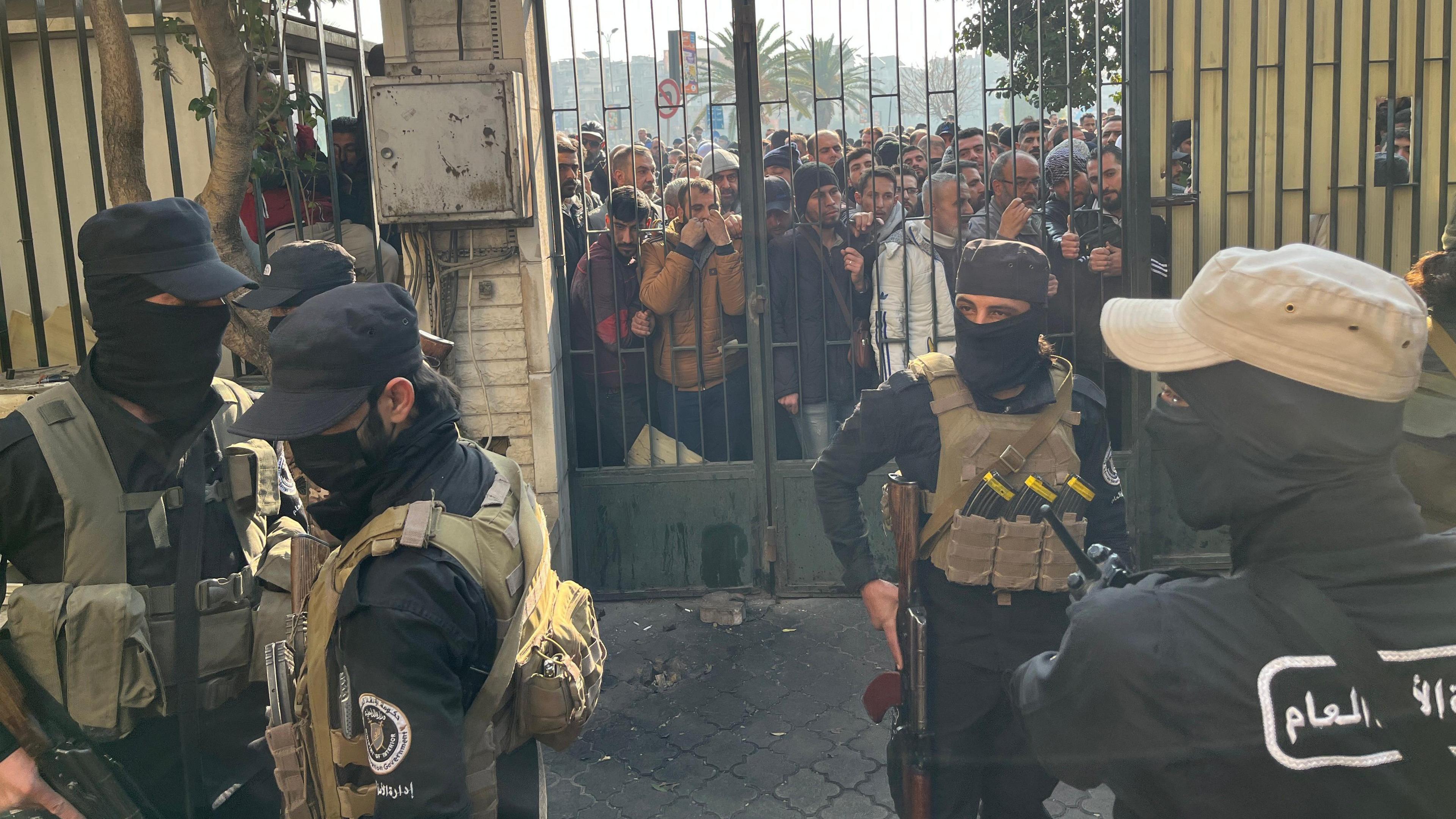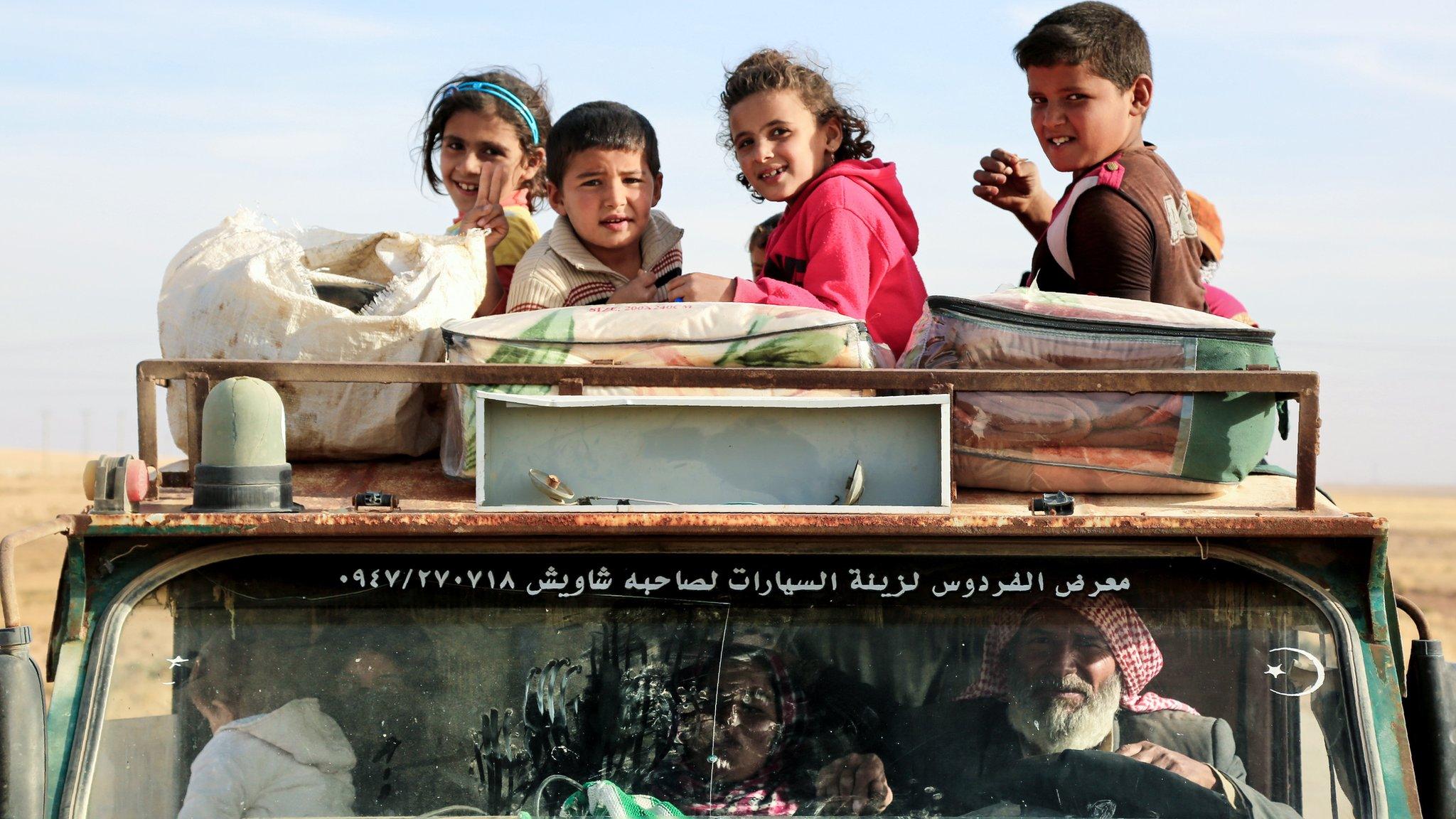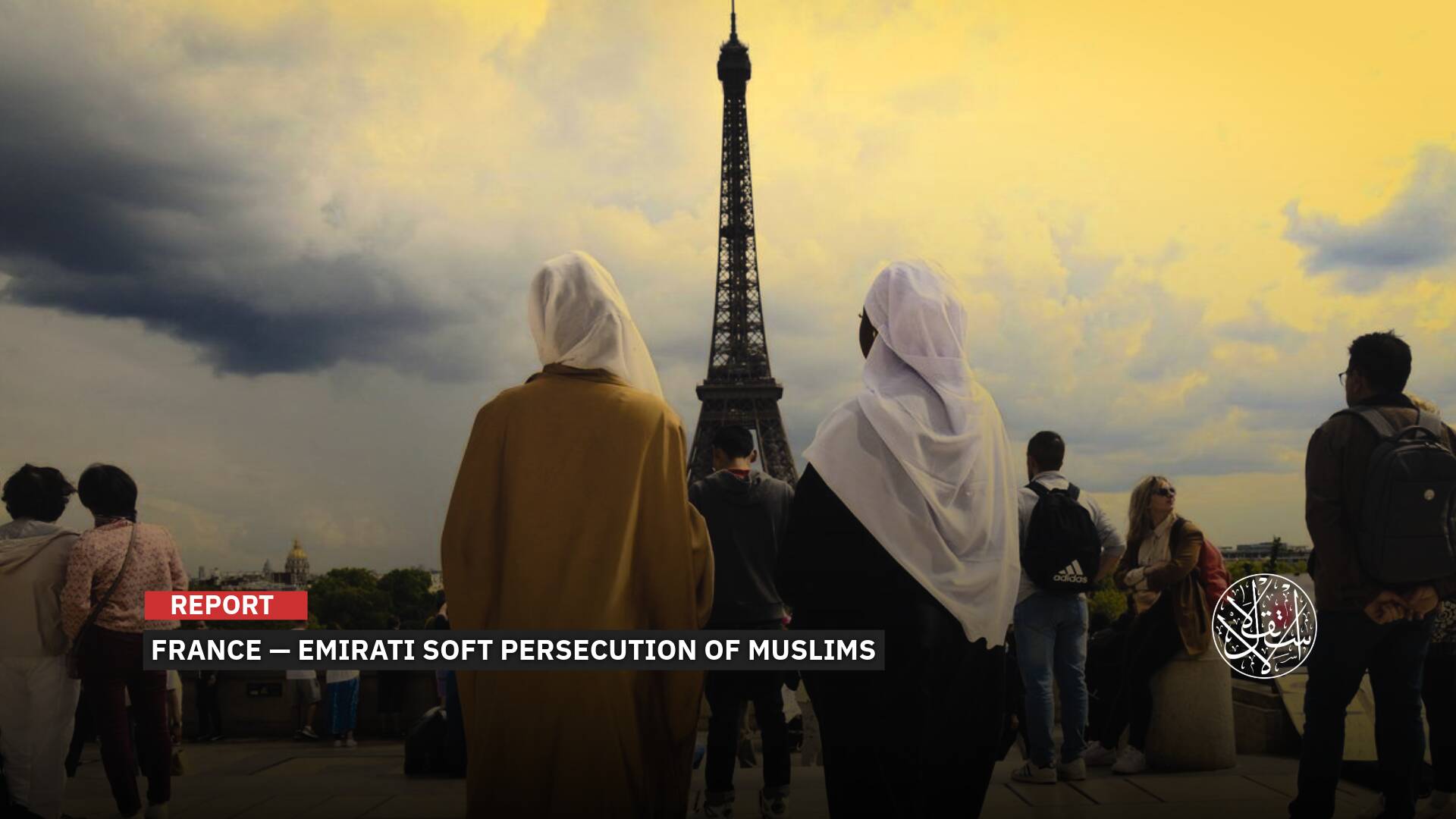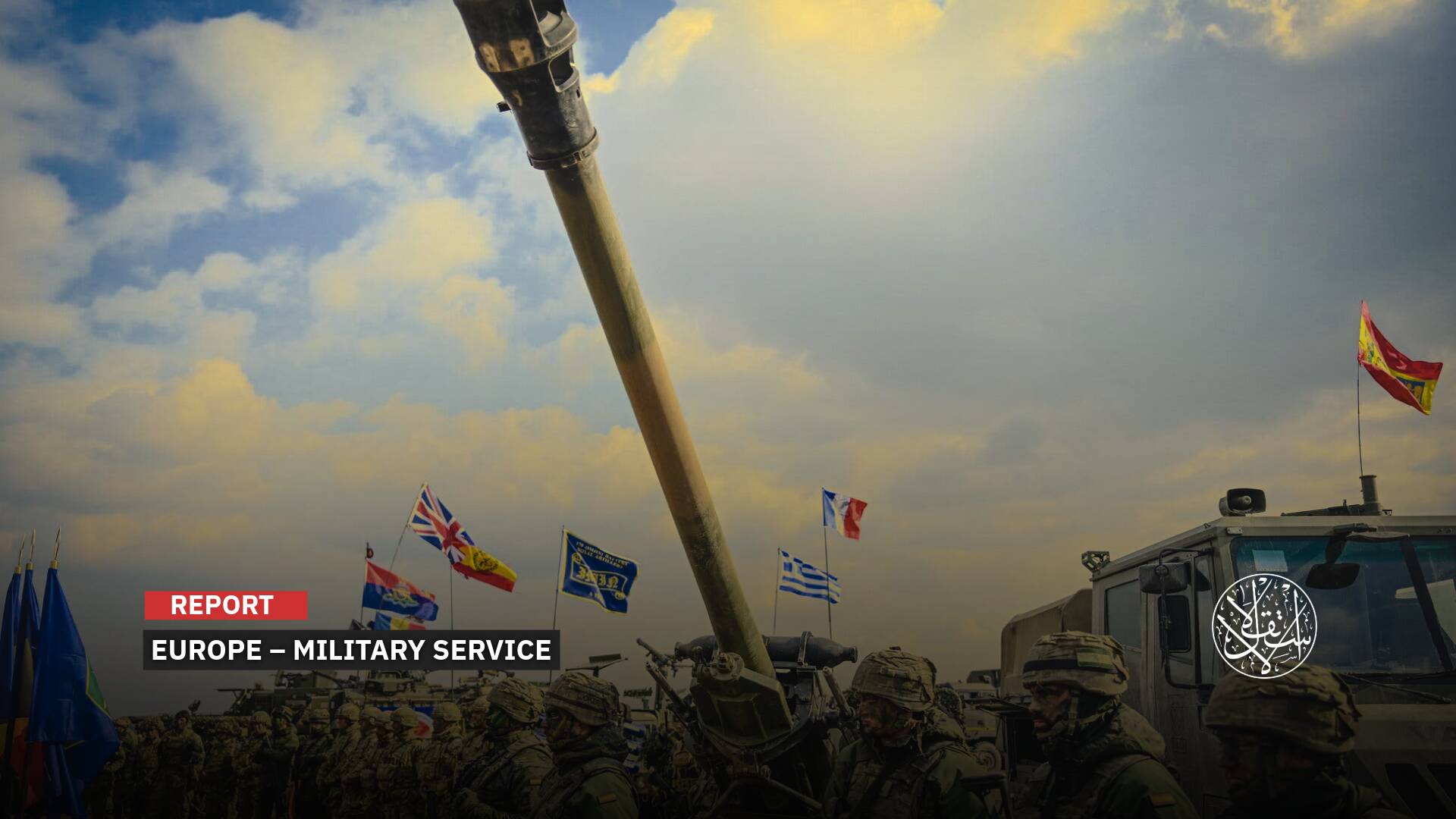Has the Violence in the Syrian Coast Dampened the Refugees’ Desire to Return?

“According to the UNHCR, Syria will be granted the status of a safe country any time soon.”
Although more than four months have passed since the fall of Bashar al-Assad, Syria still faces major challenges, most notably the economic, living and security situations.
Perhaps the events of recent days in the Syrian coastal cities (Tartous, Lattakia, and Jableh) have significantly increased Syrians' reluctance to return to their country as long as the quagmire of violence remains open.
On the other hand, the United Nations High Commissioner for Refugees (UNHCR) announced last week that more than 300,000 Syrian refugees have returned to their country since the fall of Bashar al-Assad in December 2024.
On its part, the International Organization for Migration (IOM) reported that approximately 76% of those arriving from abroad have returned to their countries of origin, while others have returned elsewhere, likely due to extensive damage and security concerns in their places of origin.
According to UNHCR, Syria cannot be considered a safe country at this time, and no pressure be put on refugees to return to a country where the humanitarian situation is dire.
Security Risks
The new Syrian administration has emphasized on several occasions that the return of refugees who fled abroad, as well as internally displaced persons (IDPs), is one of its main goals.
In an interview in January, Syria’s interim president Ahmed Al-Sharaa said he was confident that within two years millions of Syrians would come back from abroad.
However, achieving this goal faces significant difficulties due to the devastation of major cities, dilapidated services, the poor economic situation, continued Western sanctions, and the continued lack of security in some areas.
While the UN is announcing plans to return refugees, returnees face a situation that may be as dangerous as the displacement itself.
Although international incentives and encouragement to return may seem like the most appropriate solution to end the suffering of millions of Syrian refugees, the reality on the ground reveals multi-layered obstacles that could make return a risk in itself, rather than a new beginning.
In a related context, observers of Syrian affairs have confirmed that the violence and security tensions that have occurred in the Syrian coast over the past few days may impact Syrian refugees' decisions to return to their country.
In recent days, the coast has witnessed clashes between Syrian security forces and militants loyal to former President Bashar al-Assad, violent acts that have shaken the region, claimed the lives of hundreds, and forced thousands to flee.
Recent unrest in the coast has raised fears of a renewed sectarian conflict, posing the most serious challenge yet to Syria’s new leaders as they attempt to unite the country.
More than 1,300 people have so far been killed amid the unrest, largely in the coastal Latakia and Tartous Provinces, according to the Britain-based Syrian Observatory for Human Rights.
However, most families have not returned home, because they are traumatised by what happened and worried about their safety, amid reports of continued killings and looting.
Many sought refuge at the Russian-controlled Hmeimim airbase outside the city of Latakia, sheltered in local schools or fled to rural areas, while others crossed into neighbouring Lebanon.
Coinciding with the bloody events in the Syrian coastal cities, several countries threatened sanctions against the new Syrian administration, while others threatened to intervene.
These threats and intimidation, which could reignite Syria, increase the reluctance of refugees and IDPs, and restore uncertainty to the inevitable future of Syria and Syrians.
According to human rights activists, the voluntary return of refugees is not limited to the availability of means of return alone; rather, it requires providing a safe environment that encourages refugees to return voluntarily to their areas.
In turn, political analyst Ibrahim Khatib added in a statement to Al-Estiklal that the security environment in Syria has begun to witness worrying changes in the recent period, which could lead refugees and IDPs to reconsider voluntary return to their areas.
“The coastal, eastern, and southern regions have become security environments that repel residents, and the return of refugees and IDPs to them depends on the stability of the security situation, which appears unlikely to occur within the next six months at the very least,” he added.
Mr. Khatib concluded that “the recent events in these areas have dashed all hopes for the safe voluntary return of Syrians, especially since the violations that occurred on the coast were horrific, in addition to the Israeli violations in southern Syria.”

Voluntary Return
UN reports indicate that more than one million Syrians have returned to Syria, including 301,967 people from countries of asylum.
It also reported that more than a quarter of Syrian refugees plan to return within the next 12 months from neighboring countries, in addition to Egypt.
Since the outbreak of the war in Syria in 2011, millions of Syrians have fled their country to escape the civil war, economic crisis, and dire humanitarian situation.
Syria’s conflict forced more than 13 million people to flee, in what the UN called one of the largest displacement crises in the world. More than six million Syrians left the country and some seven million have been displaced inside Syria.
On its part, the UNHCR announced a new plan aimed at returning 1.5 million Syrian refugees from neighboring countries by 2025, in addition to two million IDPs.
However, significant challenges remain; UNHCR noted that many returnees face destroyed homes and dilapidated infrastructure, along with a lack of employment opportunities and basic services.
It also noted that mines and unexploded ordnance continue to pose a direct threat to the lives of residents, necessitating intensive efforts to remove hazards and secure residential areas.
According to the NGO Humanity and Inclusion, more than 15 million people remain at risk of injury or death from bombs and mines left over from years of conflict.
Reports indicate that 188 Syrians have been killed by explosive devices left over from the Syrian war since the beginning of this year, and another 231 have been injured.
The UN is seeking $370.9 million to facilitate the spontaneous and organized voluntary return of up to 1.5 million Syrian refugees.
At the same time, UNHCR urged the international community to continue supporting refugees who currently choose not to return and to ensure their protection from any security or political threats.

Transitional Phase
Separately, a recent UNHCR survey found that 51% of families intend to return to their areas of origin, and 93% of them plan to return home within three to twelve months.
It revealed that approximately one million IDPs living in camps and displacement sites in northwest Syria intend to return to their areas of origin within the next year, including 600,000 in the next six months.
As of January, there were more than 3.4 million IDPs still in the northwest. The intention to return is particularly strong among internally displaced people in Idlib, where two out of three families have chosen to return home.
UNHCR spokesperson Celine Schmitt said people will need housing, jobs, schools, hospitals, electricity, and clean water—all of which are missing after 14 years of civil conflict.
Last week, Turkish President Recep Tayyip Erdogan announced that more than 133,000 Syrian refugees in Turkiye have voluntarily returned to their homes over the past four months.
UN High Commissioner for Refugees Filippo Grandi warned via X that initial efforts to help Syria recover must be bolder and faster, or people will leave again, and this is urgent now.
Last January, Grandi reiterated his call on the international community to support reconstruction in Syria to facilitate the return of millions of refugees to their homes.
He said, “Lift the sanctions and encourage reconstruction. We must do this now, at the beginning of the transitional phase. We are wasting time.”
At the conclusion of a conference on Syria in Paris on February 13, some twenty Arab and Western countries pledged to help rebuild Syria and protect the transitional phase.

For her part, Ms. Sara Atassi explained to Al-Estiklal that “refugees want to achieve what their security, livelihood, freedom, and human rights require, and the lack of these issues makes their return another problem.”
“The biggest obstacle to the return of Syrian refugees to their country is the destroyed cities, in addition to the lack of solutions in the near future,” she added.
She noted that :if the necessary funds are available for the reconstruction of Syria, the return of refugees to the country will not be possible for five years.”
Regarding her decision, Ms. Atassi said that she had intended to return to Syria during the summer to explore the situation, but changed her mind after the recent security incidents.
She noted that “everyone believes the recent events could head toward a civil war among the various components of Syrian society in the coming period.”












